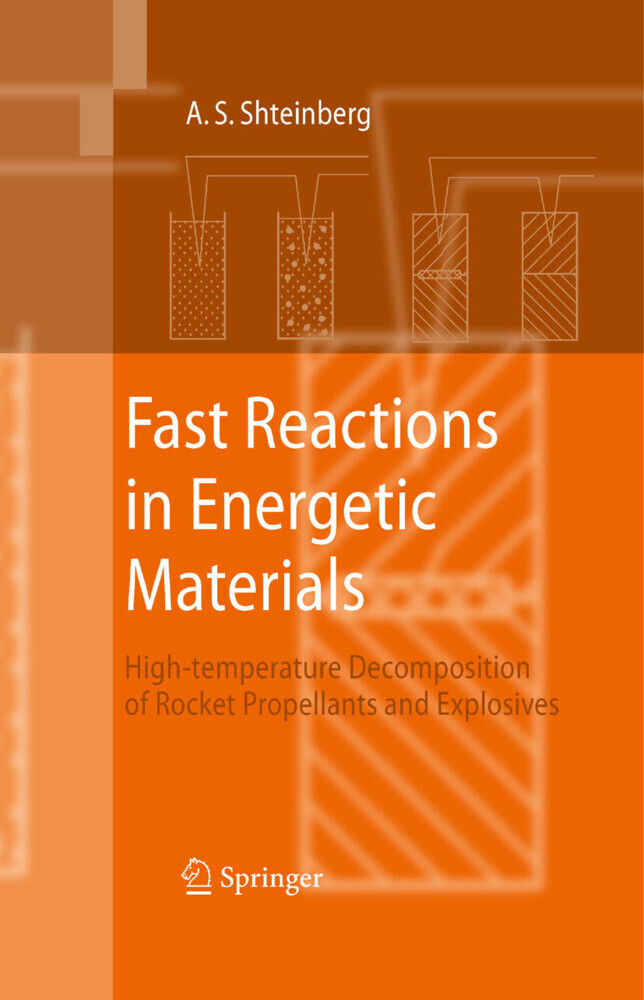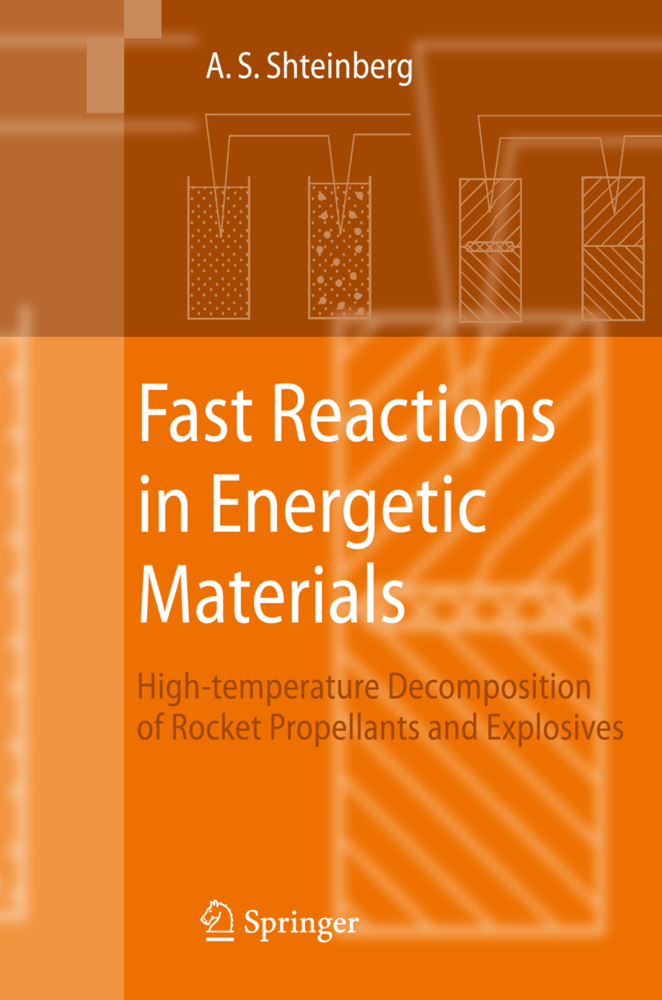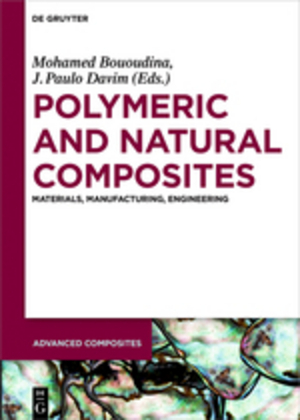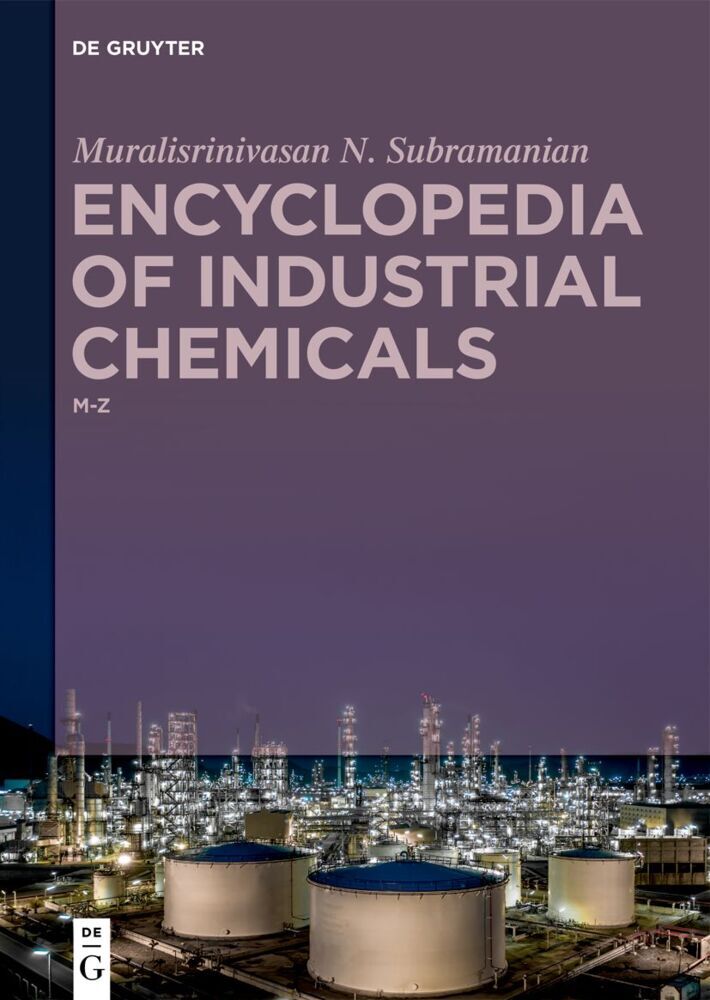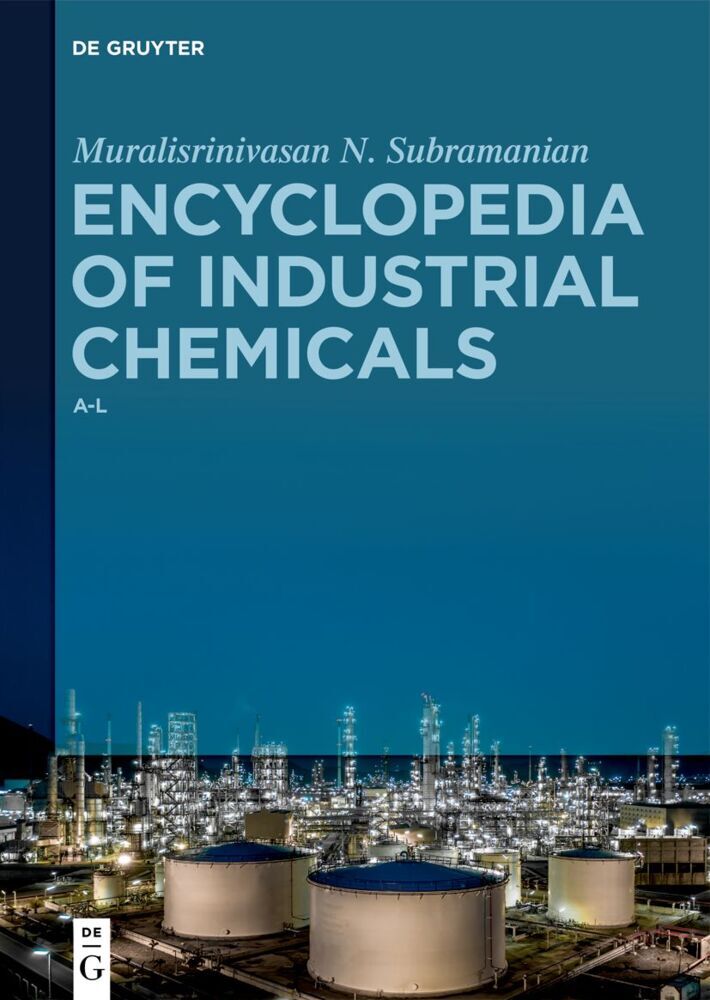Fast Reactions in Energetic Materials
High-Temperature Decomposition of Rocket Propellants and Explosives
Modern energetic materials include explosives, blasting powders, pyrotechnic m- tures and rocket propellants [1, 2]. The study of high-temperature decomposition of condensed phases of propellants and their components (liquid, solid and hybrid) is currently of special importance for the development of space-system engineering [3, 4]. To better understand the burning mechanisms (stationary, nonstationary, - steady) of composite solid propellants and their components, information about the macrokinetics of their high-temperature decomposition is required [5]. To be able to evaluate the ignition parameters and conditions of safe handling of heat-affected explosives, one needs to know the kinetic constants of their high-temperature - composition. The development of new composite solid propellants characterized by high performance characteristics (high burning rates, high thermal stability, stability to intrachamber perturbations, and other aspects) is not possible without quanti- tive data on the high-temperature decomposition of composite solid propellants and their components [6]. The same reasons have resulted in signi?cant theoretical and practical interest in the high-temperature decomposition of components of hybrid propellants. It is known that hybrid propellants have not been used very widely due to the low bu- ing (pyrolysis) rates of the polymer blocks in the combustion chambers of hybrid rocket engines. To increase the burning rates it is necessary to obtain information about their relationships to the corresponding kinetic and thermophysical prop- ties of the fuels.
1;Preface for English Edition;52;Foreword for Russian Edition;73;Contents;94;Lists of Abbreviations and Symbols;135;Introduction;155.1;References;186;Part I Study of Macrokinetics of High- Temperature Decomposition of Condensed Materials Under Spatially Nonisothermal Heating;216.1;Theory of the Linear Pyrolysis of Condensed Materials;236.1.1;1.1 Introduction;236.1.2;1.2 Thermoneutral Reaction;266.1.3;1.3 Reaction with Low Thermal Effect;276.1.4;1.4 Reaction with High Thermal Effect;296.1.5;1.5 Analysis of the Basic Expression for the Linear Pyrolysis Rate;326.1.6;1.6 Effect of Conversion Degree on the Linear Pyrolysis Rate;366.1.7;1.7 Effect of the Gas-Film on Linear Pyrolysis: Method for Calculating the Surface Temperature;396.1.8;1.8 Linear Pyrolysis Due to a Surface Mechanism;416.1.9;References;426.2;Methods for the Experimental Study of the Linear Pyrolysis of Condensed Materials;456.2.1;2.1 Equipment for Studying Linear Pyrolysis on a Hot Plateat Pressures P8=0.1kPa-3MPa;456.2.2;2.2 Equipment for Studying Linear Pyrolysis on a Bulky Heat- Conducting Block;496.2.3;2.3 "Chemical Arc" for Studying Linear Pyrolysis Rates for Composite Solid Propellant Components in Burning Mode;516.2.4;References;556.3;Study of the High-Temperature Decomposition of AP and PMMA by the Linear Pyrolysis Method;576.3.1;3.1 Linear Pyrolysis of AP;576.3.2;3.2 Linear Pyrolysis of PMMA;626.3.3;3.3 Linear Pyrolysis of AP and PMMA in the Chemical Arc: Effect of Combustion Catalysts;716.3.4;3.4 Macrokinetics of the High-Temperature Decomposition of Solid Propellant Components in Linear Pyrolysis Mode;766.3.5;References;806.4;Study of the Total Heat of the High-Temperature Linear Pyrolysis of Polymeric Materials as Applied to Burning in Hybrid Rocket Engines;836.4.1;4.1 Block-Calorimeter for Measuring the Total Heat of the High- Temperature Linear Pyrolysis of Polymers;836.4.2;4.2 Correlation Between the Burning Rates of Polymer Hybrid Propellants and the Total Heats of Linear Pyrolysis;866.4.3;References;896.5;Study of the Initial-Stage Kinetics for High- Temperature Decomposition of Homogeneous Blasting Powders and Composite Solid Propellants by the Method of Ignition Using a Heat- Conducting Block;916.5.1;5.1 Application of Ignition Methods to Studies of the Kinetics of Condensed Material High- Temperature Decomposition;916.5.2;5.2 "Flash-Block" Device;946.5.3;5.3 Studying the Kinetics of the High-Temperature Decomposition of Nitrocellulose;956.5.4;5.4 Studying the Initial Stage Kinetics for the High-Temperature Decomposition of Model and Commercial Composite Solid Propellants;976.5.5;References;1026.6;Conclusion for Part I;1056.6.1;References;1097;Part II Study of the Macrokinetics of High- Temperature Decomposition of Condensed Materials Under Spatially Isothermal Heating;1117.1;Mechanical and Thermal Dilution Methods Used in the Thermographic and Thermogravimetric Analysis of High- Temperature Decomposition of Condensed Materials;1137.1.1;6.1 Introduction;1137.1.2;6.2 Methods of Equalizing the Temperature and Decreasing Self- Heating: Mechanical and Thermal Dilution;1167.1.3;6.3 Estimation of Kinetic Constants from DTAÒTGA Data Obtained by Dilution- Based Techniques;1187.1.4;References;1237.2;Equipment for Studying Kinetics During Linear Heating;1257.2.1;7.1 Thermographic Instruments;1257.2.2;7.2 Thermogravimetric Instrument;1297.2.3;7.3 Temperature Programmer;1297.2.4;References;1317.3;Application of Modified DTA and TGA to Studies of High- Temperature Decomposition Kinetics of Homogeneous Compounds;1337.3.1;8.1 High-Temperature Decomposition of Nitrocellulose;1337.3.2;8.2 High-Temperature Decomposition of Ammonia Copper Chromate;1367.3.3;8.3 High-Temperature Decomposition of AP;1387.3.4;References;1497.4;Kinetic of Deep High-Temperature Decomposition of Model and Commercial AP- Based Composite Solid Propellants;1517.4.1;9.1 Kinetics of High-Temperature Decomposition of AP Ò Polymer Model Sy
Shteinberg, Alexander S.
Rusanova, Maria
| ISBN | 9783540788614 |
|---|---|
| Artikelnummer | 9783540788614 |
| Medientyp | E-Book - PDF |
| Copyrightjahr | 2008 |
| Verlag | Springer-Verlag |
| Umfang | 201 Seiten |
| Sprache | Englisch |
| Kopierschutz | Digitales Wasserzeichen |

